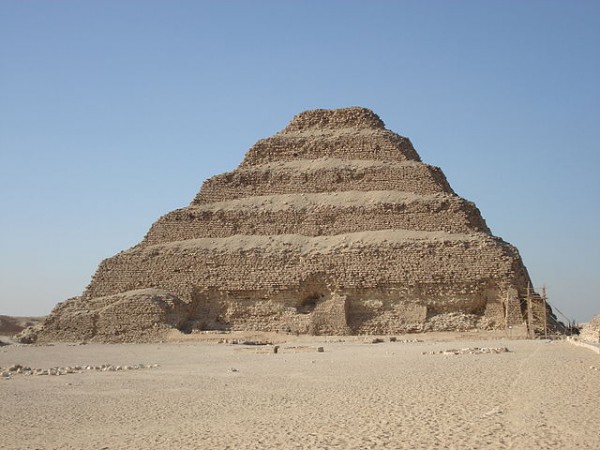Art World
UNESCO Peeved Over Botched Pyramid Restoration Job


Alexander Forbes

The world’s oldest stone building, the Djoser pyramid, has been damaged during attempts to restore its facade. Work began on the 4,600-year-old structure in 2006. In 2011, UNESCO jumped in to make a series of recommendations regarding how the restoration work should be carried out. But it is unclear if those recommendations were followed.
In what sounds like the architectural version of “Beast Jesus” back in 2012, reports from Egyptian NGOs, cited by the news agency, suggest that the Djoser pyramid’s facade has been changed. It is unclear if the alterations to the pyramid’s appearance are reversible without risking its structural integrity.
However, Michel Ghobrial Farid, who serves as executive director of the restoration effort, told Agence France-Presse that the changes to the monument’s facade reflect the structure’s original appearance at the time of its construction. The report does not say on what historical basis Farid was able to verify that such changes to the facade were needed.
For its part, UNESCO doesn’t seem to be buying the account. “The UNESCO World Heritage Centre sent a letter to the ministry of antiquities requesting a detailed technical report on the work,” a senior UNESCO official stationed in Cairo, Tamar Teneishvili, told AFP.
Critics have suggested that the company which the Egyptian antiquities ministry hired to perform the restoration, Al-Shurbagy, was unqualified for the delicate work required.
Yet the ministry’s head, Mamdouh al-Damati, rejected such criticism wholesale. He reportedly said last week that “work is underway without a problem.”